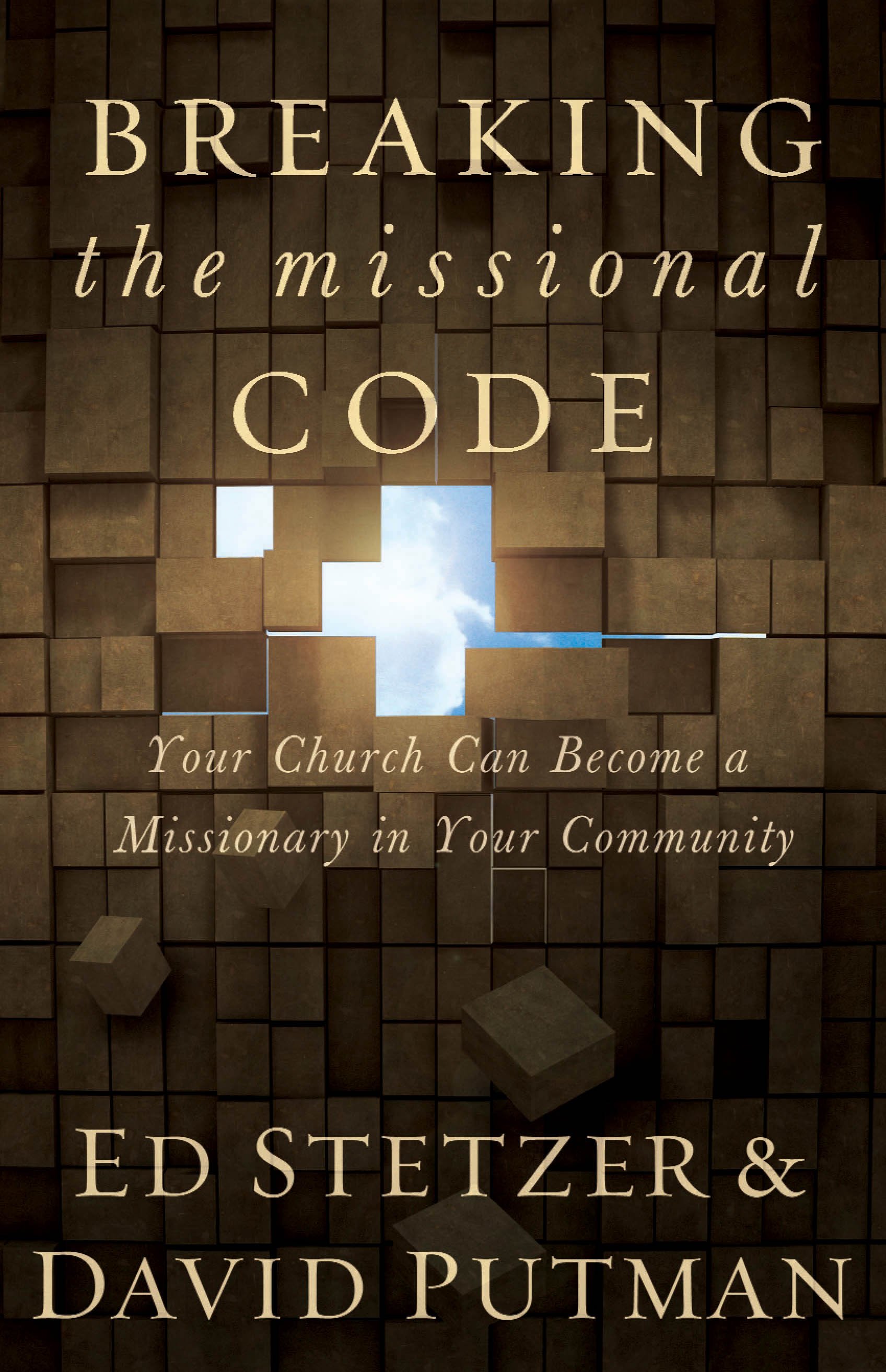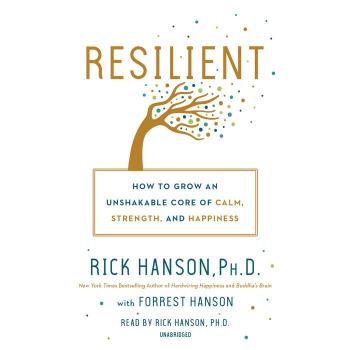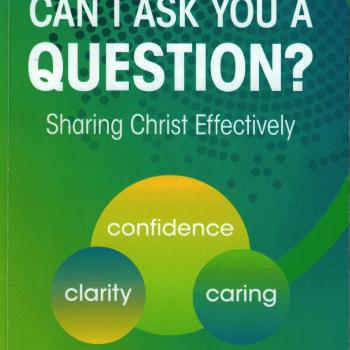
Breaking the Missional Code by Ed Stetzer and David Putman
This particular book was a valuable addition to the voices challenging the church to engage and reach the culture. The authors have separate definition for missions and evangelism (3). They also suggest that missions should be viewed in what they call a “glocal” (a mixture of global and local) context. In this view, missions is something in the twenty-first century that can be done locally. With the technology available, one can reach people around the world. Travel, communication have both become cheap enough that people can share Jesus with others around the world. God is bringing the world to the United States. More people from around the world are coming to this country, giving the local churches the ability to do global missions in their backyard (5). In addition to “glocal” missions, the authors address the fundamental shift in the world that is known as post-modernism.
Another insight that the authors share is the idea of the variety and versatility in mission groups. For example, the mission field includes not just the traditional people groups, but also population segments, cultural environments, the unchurched, the multi-ethnic groups (8-14). As a result, there has been a shift in the method of missions. The “missional church shift” reveals a change in emphasis. The emphasis has shifted through three phases (church growth, church health, missional church) (48-49). The book includes a missional matrix which can be used to compare the differences between these three phases (4-56). There are transitions which characterizes the changes to missional ministry in Chapter Five. The transitions mirror the nature of a new post-modern shift. To address this transition, the book addresses the values which a church should embrace. The explanation of “who we are to reach” and the barriers that prevent them from being reached is most helpful (80-83).
The hermeneutical foundation was addressed in chapter three. In this chapter, the authors suggest that there is only one way to respond to the Commission of Jesus. For the church and the Christian, there is solid theological foundation for the Christian being sent as a witness.
The authors show many charts to describe evangelism and discipleship as a process (123, 128, 129). The emphasis seems to be on “making disciples” and not converting people. The implication is that converting people is a one-time event, while making disciples is a skill that takes time and involves more community. The idea of making disciples is not just a linear process. The process is much more organic in nature. The diagram that illustrates this process is very helpful in understanding how to make disciples in a post-modern culture.
While in general I did not have any disagreement with the premise, nor the conclusion of the book, I did find some thoughts difficult. The explanation concerning the emerging church was helpful, especially the different types (relevants, reconstructionists, and revisionists). While I would agree that the church needs to be relevant, and that the church may need to be reconstructed to be relevant, I disagree that the theological foundation needs to be “revised.” I would agree that the “emerging” churches are ones which try to explain the message of Christ in a way their generation can understand. I also concur that the Bible reveals a cultural tension (185) in which the “emerging church” is trying address. I would also agree many emerging church writers should be read with a grain of salt. However, spending so time in a book to explain the emerging church and how they are breaking the missional code (Chapters 12 and 13) may distract the reader (or even disturb the reader) from the rest of the message of the book, which needs to be understood and applied.
This book echoes other books that highlight similar conclusions concerning the state of missions today. This text addressed the shift from modernism to post-modernism. This book also agrees with other books (The Shaping of Things to Come, Churches with Roots, Evangelism Outside the Box). Along with addressing church planting, this book addresses the churches which need to revitalize in Chapter 10. The most important point for traditional churches is a new desire to “care for the lost more than one cares for their own comfort” (138). The authors also advise that the traditional church which wishes to revitalize and reach the culture should use the music method that helps them best relate to the culture (143). There is no need for traditional churches to use completely different forms of music which are very foreign to them. Like other church planting and evangelism books, churches are reminded that people come to Christ today through community, experience, and service (144). Relational evangelism (145-148) is the key to reaching the next generation. This will be challenging to churches who are familiar only with the program-based form of evangelism.
















